The animation industry has grown to become an absolute behemoth in the world of cinema. Despite the immense teams and years of effort required for modern animated films, they reign as the most lucrative genre, boasting a remarkable 52% gross profit margin since 2004, leaving the second-most profitable genre, action, at 48% in the dust. Of course, when anyone thinks of the history and growth of animation, they think of Disney, a legacy that is nothing short of iconic. Walt Disney’s pioneering spirit and commitment to innovation revolutionized the animation industry from its first-ever feature-length animated film, Snow White and the Seven Dwarfs, to timeless classics like The Lion King, Frozen, and Moana that continue to captivate audiences of all ages.
In honor of Disney’s storytelling prowess and commitment to pushing the boundaries of animation, let’s discuss the history of animation and how the company has left an indomitable imprint on the entertainment world.
The History of Animation: Starting With The First-Ever Animation
Of course, animation wasn’t always a multi-million dollar affair. Only a century before 3D animation schools rose to help people study the craft, there were pioneers out there trying to figure out how to get it started. It’s hard to define what the first-ever animation was, as it depends entirely on what is classified as an animation. Given that animation, at its heart, is simply the act of creating the illusion of movement through still images, you could argue that the craft began hundreds of thousands of years ago. We’re all familiar with the stereotypical cave painting imagery, which usually depicts hunting in motion.
The Victorians also figured out how to create moving stills to trick the eyes into thinking the image was animated, as shown in the image below.
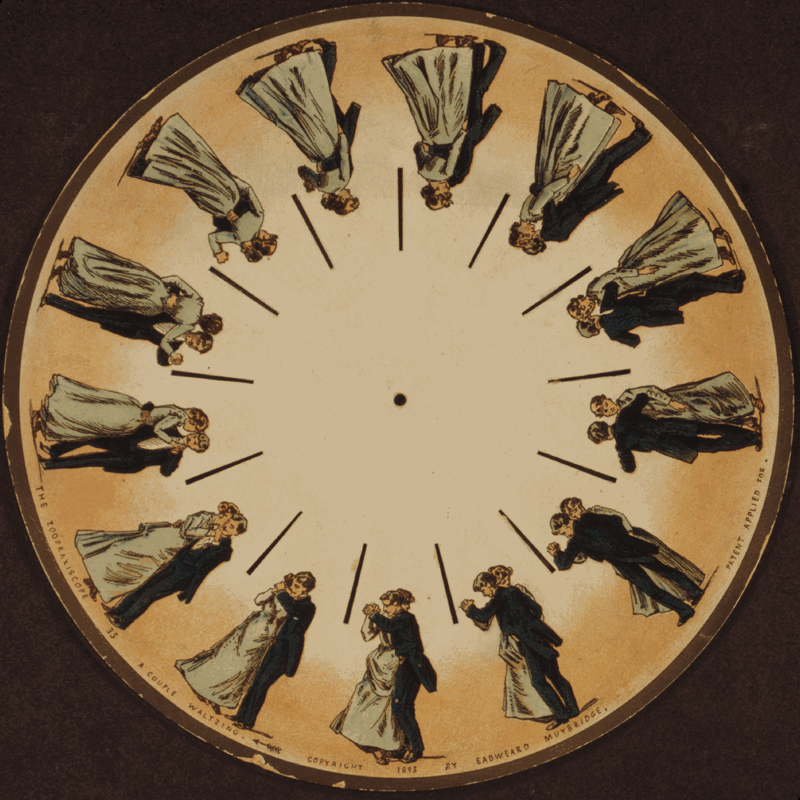
Even if we’re talking about the first-ever animation in the era of film, though, we’ve still got a problem: are we including only drawn images? Stop motion? Animations that only featured a few frames? Let’s skip ahead and look at the first verifiable animated feature-length film… although that may be a little tricky since no surviving copies exist.
El Apóstol: The First Animated Feature Film
After several visual storytellers began creating animated shorts in the early 20th century (1914’s Gertie the Dinosaur is a notable example), the first feature-length animation created using traditional methods was entitled El Apóstol. Released in 1917 to a South American audience, the 70-minute long movie – running at an impressive 14 frames per second – is the first commercially profitable animated movie ever made. According to those who saw it, the political satire was exceedingly good. However, those who didn’t catch it the first time will never have the chance to find out since the film’s only copy was unfortunately destroyed in a fire.
The Rise of the House of Mouse
More experimental animation techniques were developed over the next decade (including methods like rotoscoping), producing some hit-and-miss results. It was the opening of a small studio in Los Angeles, however, that changed the game forever.
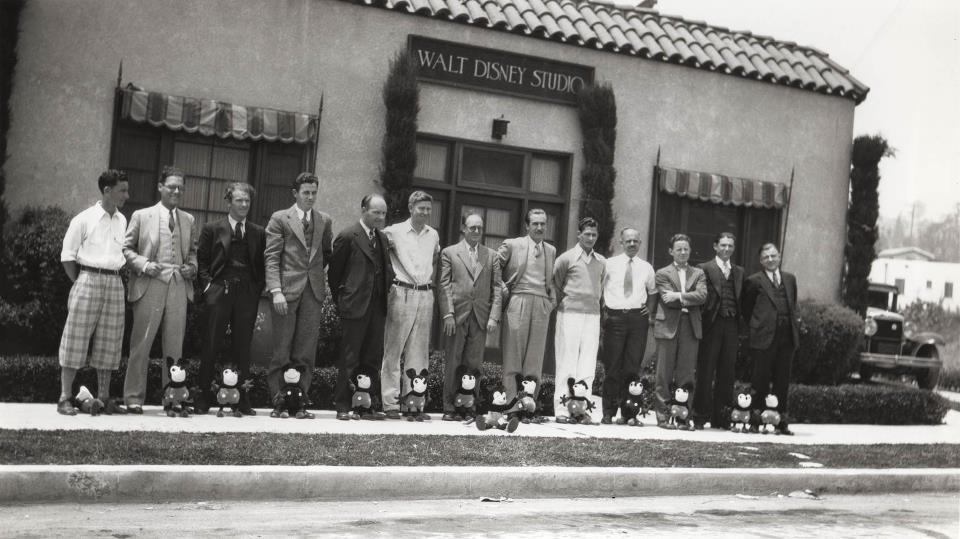
With more innovations and notable works over the 20th century (and beyond) than we could ever hope to list here, Disney’s studio and tumultuous history set a precedent for the entire animation industry. Disney Studios also inspired the popular 12 principles of animation, which many animators swear by today.
Interestingly, Pinto Colvig, famously known as the voice of Disney’s Goofy, was an extremely talented illustrator and is reputed to have made the very first animated feature film himself a couple of years before El Apóstol, but this is now impossible to verify. As a result, some commenters point to the 1937 release of Snow White and the Seven Dwarfs as the first feature-length animated film since it was entirely hand-drawn and isn’t classified as a ‘lost movie.’
The Best Disney Animated Feature Films By Decade
The 1940s
In the 1940s, Disney shaped animation history with releases such as Fantasia (1940) and Pinocchio (1940). Fantasia pushed the boundaries of animation by marrying classical music with stunning visuals, while Pinocchio showcased the studio’s ability to infuse profound emotional depth into storytelling. Pinocchio still inspires visual storytellers today, such as Guillermo Del Toro.
In 2022, Guillermo del Toro released his version of the Pinnochio (in collaboration with Netflix.) The film was created using stop motion, resulting in a gothic fairy tale feel that took over 60 crew members and 1000 days to create. (Also, a big shout out to Tony Candelaria (NYFA Los Angeles), who worked on Del Toro’s Pinocchio!)
The 1950s
In the 1950s, Disney animation entered a renaissance period, marked by releasing iconic classics like Alice in Wonderland (1951) and Peter Pan (1953). Alice in Wonderland (based on a novel written by Lewis Carroll) and Peter Pan (based on the play by J.M. Barrie titled “Peter Pan, or The Boy Who Wouldn’t Grow Up”) whisked audiences away to magical worlds, showing the studio’s ability to adapt novels and plays into imaginative films.
The 1960s
The 1960s were a pivotal decade for Disney animation, marked by the release of several enduring classics, including 101 Dalmatians (1961) and The Sword in the Stone (1963). The Sword in the Stone followed the young King Arthur’s adventures and is celebrated for its charming and comical take on the Arthurian legend. 101 Dalmatians introduced a new, more economical animation style, employing Xerox technology for the first time and featuring the unforgettable villain Cruella de Vil. 101 Dalmations also inspired remakes and adaptations, including the 1996 and 2000 live-action versions starring NYFA Guest Speaker Glenn Close as de Vil. Close also executive produced Cruella (2021) starring Emma Stone.
The 1970s
Disney animation in the 1970s was marked by both successes and challenges. The decade saw the release of classics like The Aristocats (1970) and The Many Adventures of Winnie the Pooh (1977), which maintained the studio’s signature charm. Winnie the Pooh, which entered the public domain in 2022, already has an adaptation in the form of a horror film, Winnie the Pooh: Blood & Honey (2023).
The 1980s
The 1980s marked a transformative era for Disney animation, characterized as the “Disney Renaissance.” The decade witnessed the release of the iconic The Little Mermaid (1989), which heralded Disney’s triumphant return to musical storytelling and set the stage for multiple spin-offs of the story for years to come, including the recent musical live-action starring Halle Berry.
The Black Cauldron (1985) is a Disney animated film notable for its darker and more experimental tone, straying from Disney’s typical storytelling style. Based on “The Chronicles of Prydain” by Lloyd Alexander, the movie features a young man named Taran on a quest to prevent the evil Horned King from using a powerful, magical cauldron for nefarious purposes. The film has gained a cult following and is appreciated for its unique, adventurous narrative.
The 1990s
Disney’s string of critically acclaimed films in the 1990s included Beauty and the Beast (1991), The Lion King (1994), and Hercules (1997), some of their most beloved animated classics. The period also included a sequel to The Rescuers (1977), which starred filmmaking icons including Eva Gabor and Bob Newhart. The Rescuers Down Under (1990) follows the brave mouse duo, Bernard and Bianca, as they venture to the Australian outback to rescue a young boy named Cody and a rare golden eagle from the clutches of a ruthless poacher. The film was an early animated depiction of Australia, which is becoming one of the hottest filmmaking industries.
The 2000s
In the 2000s to 2010s, Disney animation experienced a revival marked by highly successful films. This era began with The Emperor’s New Groove (2000) and Atlantis: The Lost Empire (2001), leading to hits such as Ratatouille (2007) and The Princess and the Frog (2009). The Emperor’s New Groove (2000) is a unique and comedic departure from Disney’s traditional animated fare, where Emperor Kuzco is transformed into a llama. The film’s irreverent humor and quirky characters have earned it a dedicated fan base that still makes TikToks inspired by some of its best scenes.
The Princess and the Frog (2009) marked the studio’s return to traditional hand-drawn animation. Set in New Orleans, it tells the story of Tiana, a hardworking woman who, with the help of a prince turned into a frog, embarks on a magical and musical journey to break a curse and fulfill her dreams. Notably, Tiana was the first Black Disney princess, providing necessary representation for audiences.
The 2010s and Beyond
The 2010s were marked by Disney’s continued expansion and diversification in the realm of animation. The era saw the release of beloved classics like Frozen (2013), Big Hero 6 (2014), Moana (2016), and Encanto (2021), each bringing fresh storytelling and memorable characters to the forefront. Moana and Encanto also introduced audiences to Polynesian and Colombian culture. With captivating stories, memorable songs, and strong-willed heroines, the films have been praised for their representation and positive messages.
This continued with the release of films like Turning Red (2022), following the success of films like Shang Chi and the Legend of the Ten Rings and Raya and the Last Dragon regarding Asian representation. As part of Pixar’s “SparkShorts” program, designed to discover new storytellers, writer/director Steven Clay Hunter also made history when he created the short CGI-animated film Out. The short film was a milestone for Pixar, featuring the first gay main character in a Pixar production.
The First Computer-Animated Feature Film
If the founding of Disney Studios is the most significant turning point in animation history, Pixar’s release of Toy Story in 1995 could be deemed the second biggest. Disney’s acquisition of Pixar in 2006 and the establishment of Walt Disney Animation Studios as a powerhouse for CGI animation contributed to the studio’s evolution and ongoing influence on the industry.
As the first fully computer-animated feature film, Toy Story, starring Tim Allen and Tom Hanks as Buzz Lightyear and Sheriff Woody, utilized cutting-edge CGI (Computer-Generated Imagery) techniques. The movie demonstrated the potential of computer animation and revolutionized the industry, inspiring future advancements and shaping how animated films are made.
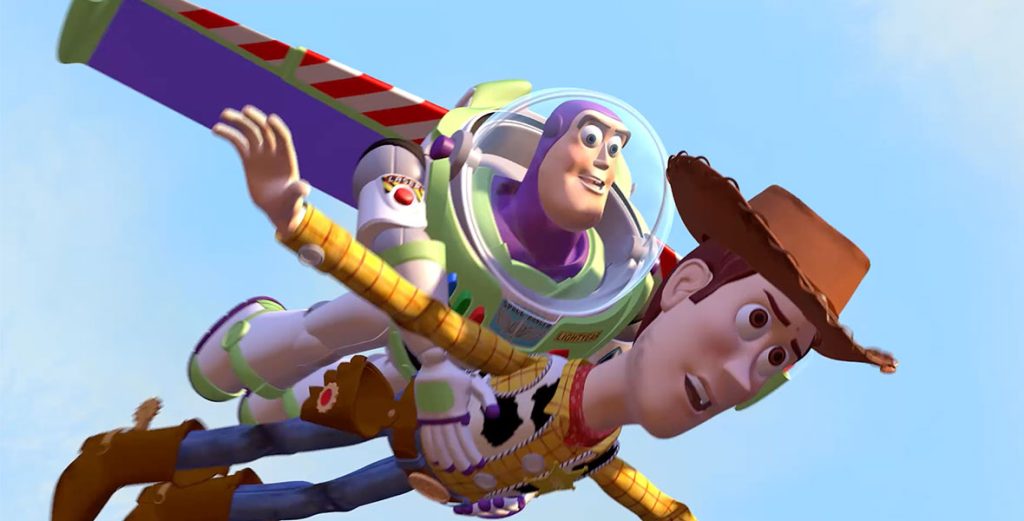
While it’s impressive that Toy Story still looks incredible two decades later, it’s undeniable that the CGI animations released since are following some kind of Moore’s Law effect: every year, the rate of technological increase is growing exponentially, leading to mind-blowing results which are light-years ahead of titles released just a couple of years ago.
The Evolution of Animation
CGI animation has continued to provide filmmakers with the techniques they need to stretch the limits of their imagination. Films such as Netflix’s Jingle Jangle, which has NYFA alum Francesco Panzieri among the film’s credits, utilized several CGI effects to capture the magic of the holiday season. Superhero films from NYFA Guest Speaker Kevin Feige, such as Avengers: Endgame (2019) and Captain Marvel (2019), also all used cutting-edge computer imaging. This level of animation brings audiences into a world where superheroes can fly, fight alien creatures, and have superhuman abilities.
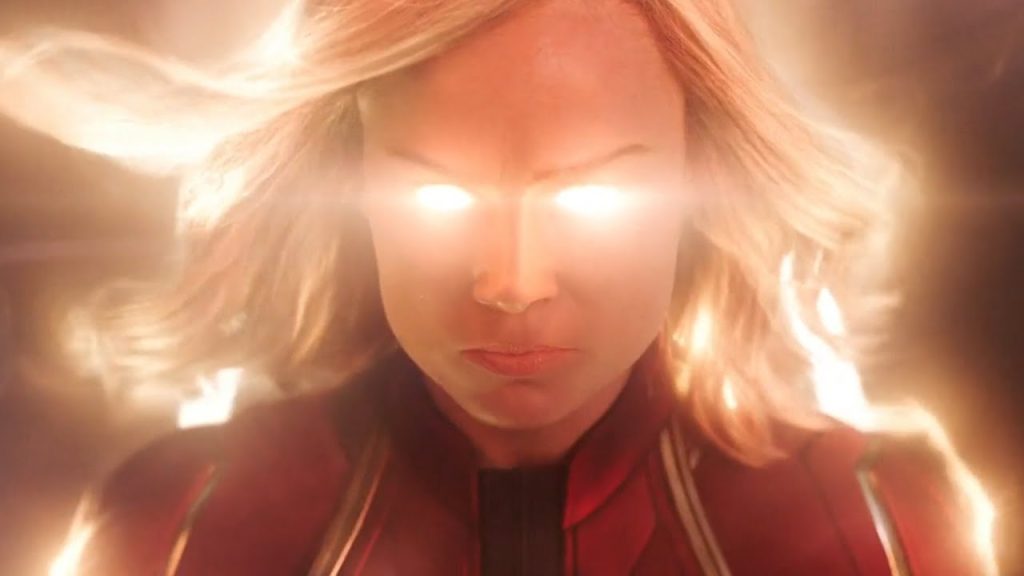
It’s also a huge win for Disney, who famously purchased Marvel Entertainment for $4 billion in 2009.
Even television series and short films are tapping into the future of animation. Disney + released the streaming series She-Hulk: Attorney at Law, which used CGI animation to create the character of She-Hulk. She-Hulk also featured New York Film Academy Acting for Film alum Michel Curiel.
The Growth of the Animation Industry
Outside of Disney and Pixar, the animation industry has grown exponentially, with animation studios all over the world. Japanese studio Studio Ghibli has released award-winning animes, including Spirited Away and My Neighbor Totoro; DreamWorks Animation is known for hit films such as Shrek, Kung Fu Panda, Madagascar, and How to Train Your Dragon. Notably, Dreamworks has successfully turned many of its films into franchises. Shrek, which inspired several sequels and spin-off films, also has a cult-like fanbase, with people holding Shrek-themed parties year-round.
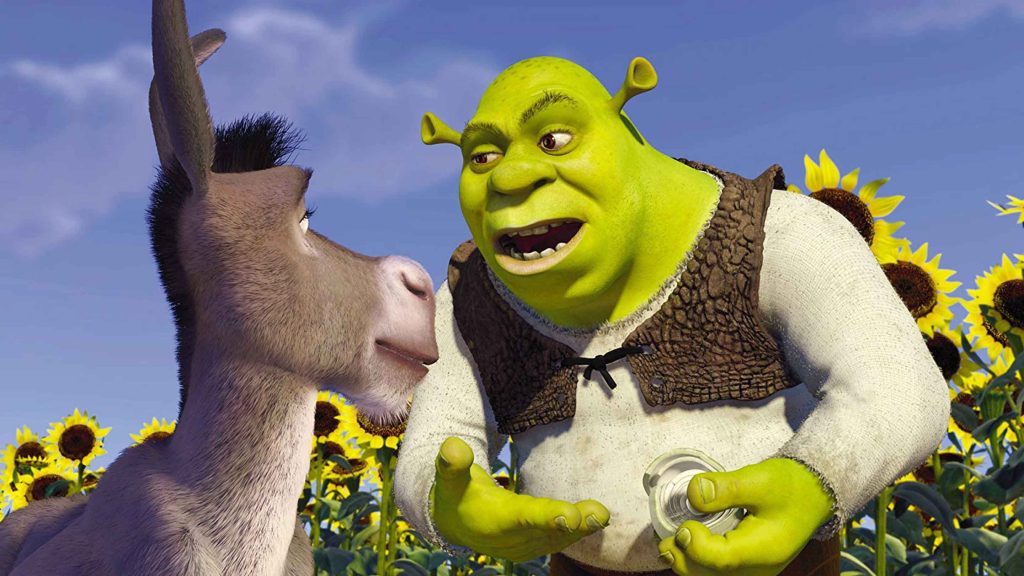
Additional animation studios, such as Nickelodeon Animation Studios, are still finding success in their classics like SpongeBob SquarePants, Avatar: The Last Airbender, and Hey Arnold! Similar to Shrek, Spongebob has an enthusiastic fanbase, with three films based on the animated TV show. Cartoon Network Studios has also had a variety of hit shows, including Adventure Time, Regular Show, and The Powerpuff Girls. As a part of their nighttime series Adult Swim, Cartoon Network has also produced mature animated content like Rick and Morty, a wildly successful series very loosely based on the Back to the Future characters.
Top-Grossing Animated Films
As animated films have become more popular and technology has advanced, the box office has demonstrated how successful these movies can be. Here are the top-grossing animated and CGI films in the last decade, with many Disney/Pixar films on the list.
The Lion King (2019)
The CGI-animated live-action of Disney’s The Lion King (2019) was a box-office smash. Based on the 1994 animated film, the remake featured Beyonce as Nala and Donald Glover as Simba, as well as Seth Rogen as Pumba, John Oliver as Zazu, James Earl Jones as Mufasa, and Alfre Woodard as Sarabi. Additionally, NYFA alum Guillermo Quesada was on the team of VR and AR developers for the film.
Frozen (2013) and Frozen II (2019)
Disney’s Frozen movies were a cultural phenomenon and inspired young girls everywhere to don “Elsa” Halloween costumes for years to come. The musical films follows two sisters, Elsa and Anna, as they grapple with Elsa’s mysterious powers.
The Super Mario Bros. Movie (2023)
Based on the popular video game, The Super Mario Bros. Movie (2023) featured a look into the magical world of Mario and Luigi. Starring Chris Pratt as Mario, Anya Taylor-Joy as Princess Peach, Charlie Day as Luigi, and Jack Black as Bowser, for many, the fun film recaptured the nostalgia of the childhood game.
The Incredibles 2 (2018)
The Disney Pixar hit, The Incredibles 2, a sequel to the popular The Incredibles, brings audiences back into the theater to follow the adventures of the Parr superhero family. Craig T. Nelson and Holly Hunter return as Mr. Incredible and ElastaGirl, with Brad Bird returning as the voice of fan-favorite Edna Mode.
Minions (2015)
After the release of the Despicable Me animated film starring Steve Carrell, minions were everywhere. The Minions movie, starring Sandra Bullock as a supervillain, brought back the lovable yellow cylinder-shaped minions for more fun and hijinks. Despicable Me 3, the third installation of the original film series, was also a commercial box-office hit.
Toy Story 3 (2010) and 4 (2019)
Disney Pixar’s iconic Toy Story went on to have four feature films and is rumored to have a fifth film on the way. Each film introduces new storylines that tug at the audience’s heartstrings and introduce colorful characters. The third and fourth films were popular, showing the series’ long-term success and cultural impact.
Finding Dory (2016)
Disney’s Finding Dory (2016), based on the popular Finding Nemo (2003) animated film, demonstrated the potential popularity of any given character in an animated film. Dory, voiced by Ellen Degeneres, was a fan favorite, inspiring her own movie that dug into the character’s backstory under the sea.
Zootopia (2016)
Known for the catchy song “Try Everything” by Shakira, Disney Pixar’s Zootopia was a surprise hit with audiences. The film, based in the fictional Zootopia city, has a number of memorable characters based on animals and follows two crime-fighting friends, Judy Hopps (Ginnifer Goodwin) and Nick Wilde (Jason Bateman).
With a number of films expected to have sequels and trilogies, as well as the continued creation of Disney live-action remakes, such as the new The Little Mermaid (2023), this list is likely to shuffle. More so, with streaming channels creating their own animated and CGI-animated content, the future of animation looks bright, with a number of outlets for creators to release original stories.
Get Started with 3D Animation at NYFA
CGI animation is now a hugely profitable industry staple; it isn’t going anywhere soon. The only thing left to see is how the students of animation school today will revolutionize the world of animation tomorrow. Discover the magic of animation and visual effects at NYFA. Learn the fundamentals of animation tools and storytelling, such as Disney’s famous 12 principles of animation, through our hands-on programs. Learn more about our programs on the 3D Animation School page!
